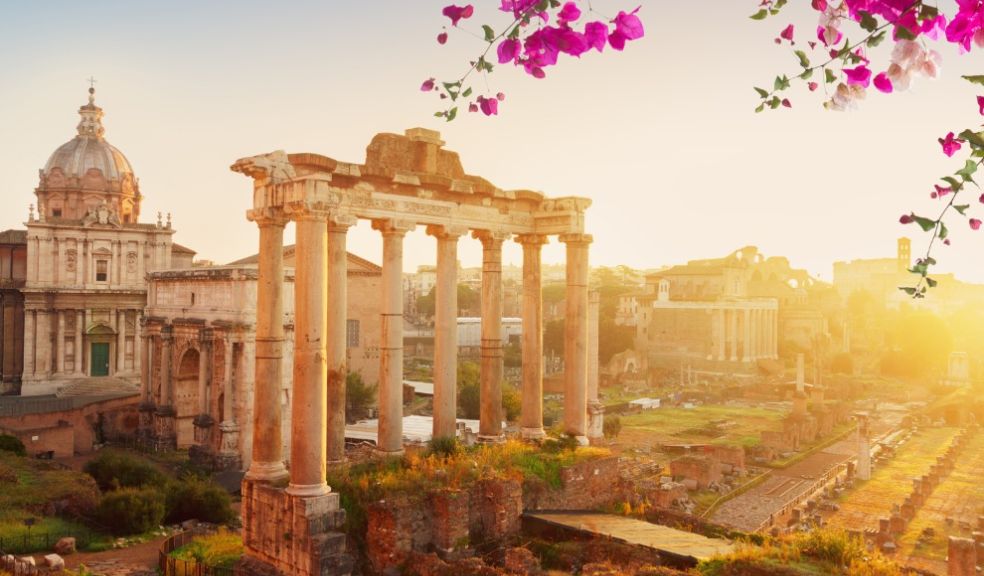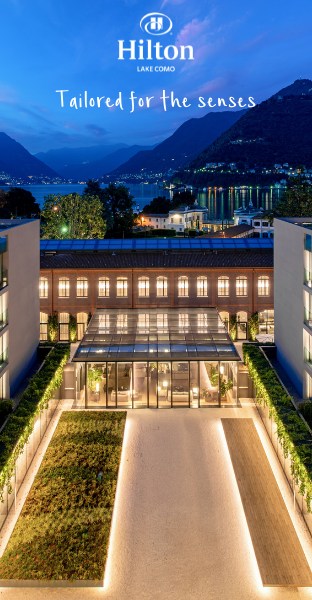
On the lookout for the most amazing places to visit on holiday in Rome?
Rome is one of The City Break holiday destinations in Europe. In a city brimming with old icons and religious icons of the Christian faith, it's difficult to decide which one to visit first. Your personal preferences will indeed determine your choices. However, some sites are considered to be the must-see tourist attractions of Italy and the top travel and tourist destinations around the globe, including The Colosseum and the Pantheon.
A note of caution: Try to diversify your experiences when you travel around Rome to ensure that you don't have to visit many churches or ancient sites in rows. You should also mix these important places with some simple tourist destinations, such as The Spanish Steps or The Trevi Fountain where every traveller is encouraged to throw in their coins.
Rome is so large that it can be overwhelming, and even the most committed tourists ought to take a moment to relax and enjoy the pleasures of life in the park or at a sidewalk cafe. It is possible to pick the most popular places to visit using this handy guide to the most popular attractions in Rome.
1. National Etruscan Museum of Villa Giulia
The National Etruscan Museum of Villa Giulia is from an unusual viewpoint that will leave you amazed. The in Volo in the Archeological Society of italiana project is carried out in collaboration with MiC Press Office. MiC Press Office in collaboration with the Directorate General of Museums under the supervision of Nils Astrologo. He is a young video artist who has toured Italy this summer, using the latest generation drones that are well-suited to document the cultural heritage, in line with the rules for protecting the cultural heritage, and those that safeguard the surroundings and visitors.
2. Corsini Gallery
Galleria Corsini is an ancient Roman structure. The largest establishment, " Barberini Corsini Galleria Nazionale " The Palazzo is home to a museum and two gallery spaces: Palazzo Barberini and the Galleria Corsini. The legacy of the National Galleries was formed in 1883 when the State donated Corsini's collection to the State. Corsini's collection of the State was later moved to Palazzo Corsini. The collection was soon expanded with artifacts from the most famous Roman collections to the point that in 1949, the Italian State bought Palazzo Barberini to open the new headquarters of the National Gallery in 1953.
The Galleria Corsini is currently exhibiting only works from the Corsini Collection. It is also the only collection of the eighteenth century that remains within Rome as it was in the original setting, the palace that the Corsini family bought in 1736 during the time of Pope Clement XI I Corsini.
The palace, known for hosting queen Christina of Sweden during the 17th century, was converted into a palace by designer Ferdinando Fuga. The current museum exhibit has brought the paintings back exactly as they were organized by Cardinal Neri Maria Corsini, the principal and first proponent of the collection, based on a list of rooms from 1771.
The Corsini Gallery is, therefore, entering the residence of an 18th-century cardinal, such as that well-known Alcova Cristina of Sweden, and admiring works such as The San Giovanni Battista Caravaggio, the Prometeo Salvator Rosa and The San Sebastiano Rubens or the obscure Corsini the Throne.
3. The Pantheon
The Pantheon is the most well-preserved landmark of Roman antiquity - it has remained preserved for the past two thousand years. This is despite it being the case that Pope Gregory III took away the bronze roof tiles with gilded gold as well as Pope Urban VIII had its bronze roof to be stripped and melted down to create the altar's canopy at St. Peter's and cannons for Castel Sant'Angelo.
It is believed that the Pantheon was rebuilt following damage due to a fire in AD 80. The construction results show the advanced technical skills that were the hallmark of Roman builders. The 43-meter dome, the most impressive feat of Roman design, is suspended with no visible supports tucked away inside the walls. The nine-meter-wide central opening is the building's sole lighting source.
4. Roman Forum
Going through the Forum, situated amid a bustling modern city, feels like stepping back two millennia to the ancient heart of Rome. The remnants that remain from this central point for Roman life and governance show only a tiny portion of its former splendor as well; the columns that remain standing and in decay, as well as its triumphal arches and the remains of its walls, continue to impress particularly when you take into account that for centuries, the story of the Forum was the story of both the Roman Empire and its place in the Western world.
5. Trevi Fountain
One of the city's top places to visit, this 17th-century masterpiece was immortalized in films until it's almost mandatory. Throwing one penny (not the number three) to Trevi Fountain (Fontana di Trevi) is a custom that is believed to ensure you return to Rome.
Rome's most famous fountain Fontana di Trevi is supplied with an aqueduct that was originally built in the early days of Agrippa, the famous patron of art in the first century BC, to supply waters to the baths of his. Nicolo Salvi designed the fountain to honor Pope Clement XII between 1732 and 1751. It was built against the back wall that was the Palace of the Dukes from Poli.

















